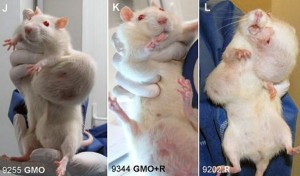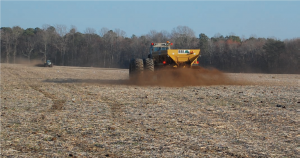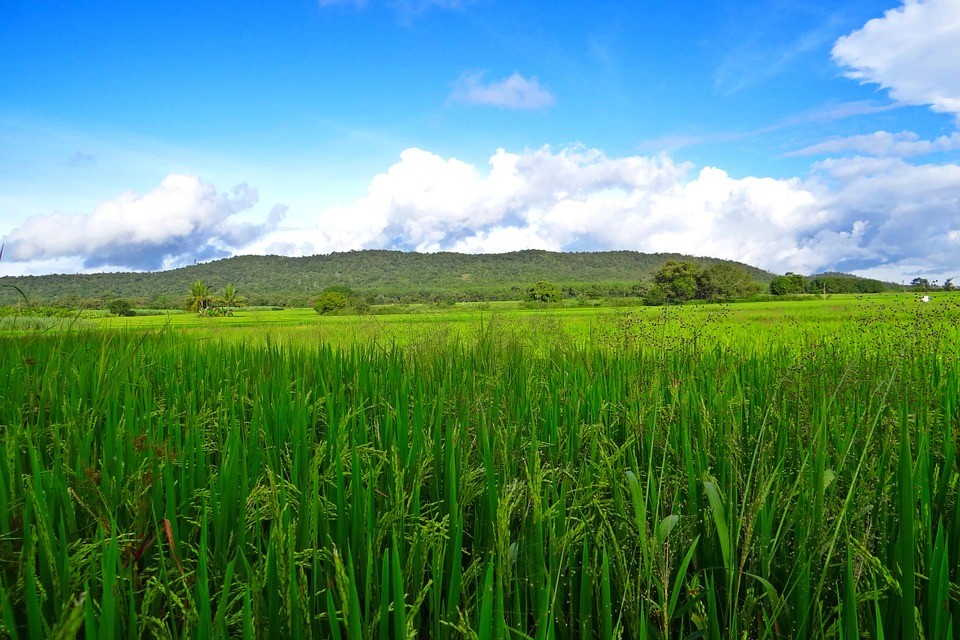Some of these articles are older but very important reading
GMO Ground Zero: Hawaii’s Victory Over Monsanto and Friends Wake Up World.com, February 17, 2015
We’re Killing Our Food Supply and Technology Can’t Save Us
Big Ag Can’t Feed 10 Billion and Magical Technologies Won’t Appear
Market Watch.com, February 6, 2015
Fields of Gold: GMO-Free Crops Prove Lucrative for Farmers
Non-Biotech Corn, Soybeans Fetch a Premium as Processors Respond to Rising Demand
The Wall Street Journal.com, February 2, 2015
Organic Consumers Association
GMO Science Takes a Blow as Studies Are Retracted
March 11, 2014 | Source: Mercola.com | by Dr. Mercola

A MUST READ: Shock Findings in New GMO Study: Rats Fed Lifetime of GM Corn Grow Horrifying Tumors, 70% of Females Die Early
NATURAL NEWS – September 19, 2012
Eating genetically modified corn (GM corn) and consuming trace levels of Monsanto’s Roundup chemical fertilizer caused rats to develop horrifying tumors, widespread organ damage, and premature death. That’s the conclusion of a shocking new study that looked at the long-term effects of consuming Monsanto’s genetically modified corn.

Neil Young Rocks Out Against Monsanto with Willie Nelson’s Sons
Mashable.com – May 27, 2015
Rock legend Neil Young continues his anti-GMO campaign against agriculture behemoth Monsanto and coffee giant Starbucks in the song and video for “A Rock Star Bucks a Coffee Shop.” For years, the 69-year-old songwriter has shown his support to farmers and disgust for genetically modified organisms as the co-founder of benefit concert Farmer Aid. Neil Young’s latest studio album, The Monsanto Years was released June 29, 2015.

Midwest Agriculture Faces Tough Choices
Prairie Farmer: Inside Illinois Ag – May 2015
www.FarmProgress.com
The EPA’s Chesapeake Bay Model, if imposed on the Mississippi River Basin, might mandate that all 13 states in the basin develop watershed implementation plans covering croplands, not just CAFOs. Both state’s programs are mandatory for all farms exceeding 10 acres and applying

